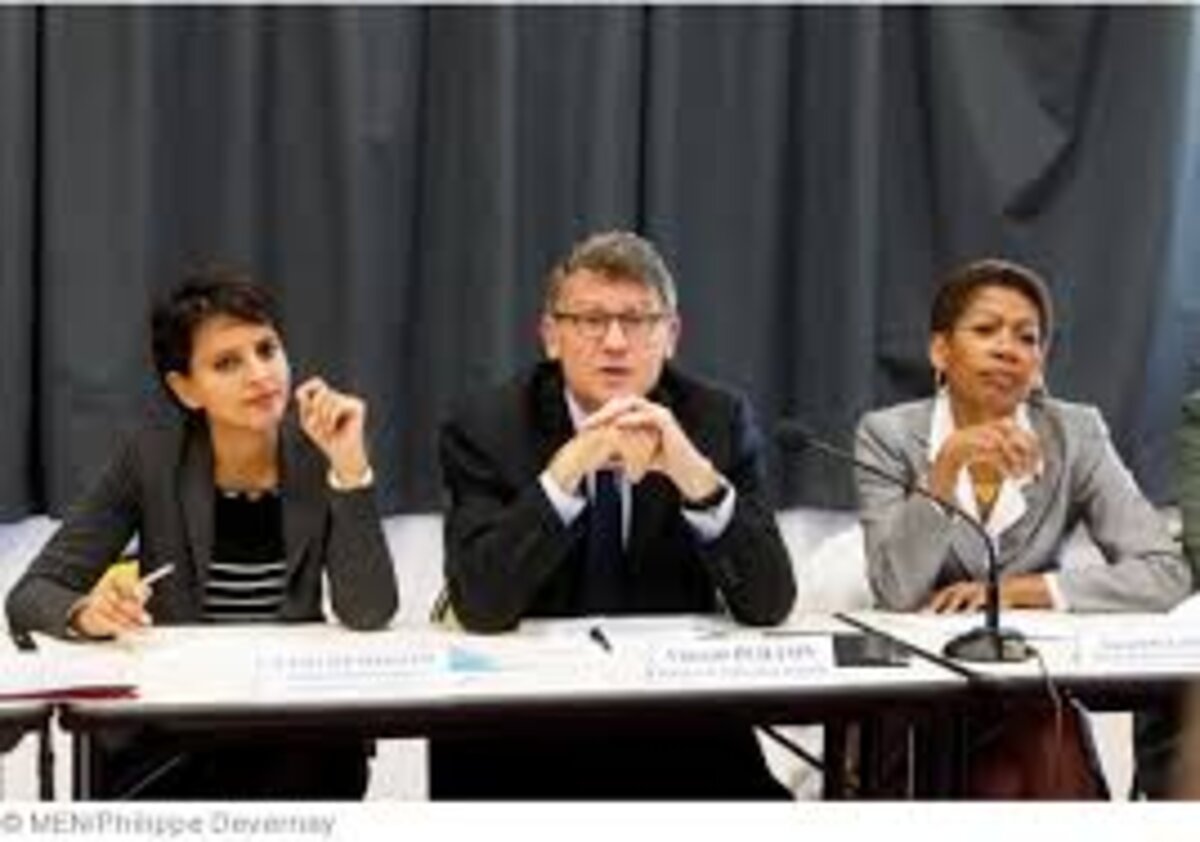French schools, like a mirror of wider society, “favourise inequalities between girls and boys, whether that be by pedagogic practices, methods used to encourage the ones or the others, [or] the opportunities for which schools offer hope or not, notably concerning orientation,” notes a panel of eight senior inspectors from the French education general inspectorate in their report entitled 'The equality between girls and boys in schools and [educational] establishments', published in an updated edition in July.
“It is now almost 40 years since mixed-gender [classes] were made a [legal] requirement at all levels of the educational system,” the report reads in its introduction, “[and] more than 30 years since publication of the first guideline texts to encourage diversity in the [educational] orientations of girls and boys and to combat sexist discrimination; three decades of successive ministerial conventions encouraging the passage from mixed schools to equality between women and men.”
“A new stage has been announced; 2013 is to be a year of mobilizing action ‘for equality between girls and boys at school’ […] However, it must be admitted that until now all the different published texts, the numerous programmes that they initiated, the multiple measures engaged, have had a limited effect,” notes the report. “This is demonstrated by the divergence of school results for girls and boys, the persistent practice of different orientations, the frequency of sexist behaviour, even violence.”

While girls on the whole obtain better educational results, they do not benefit from these in equal proportion on the job market, where they largely enter service professions compared to production professions which are the predominant choice of boys. Girls apply in relatively fewer numbers for the preparatory courses (classes préparatoires) to enter the top higher education schools, a system unique to France whereby candidates for the Grandes Ecoles are schooled to sit the highly selective entry exams of these elite establishments. Meanwhile, boys “pay the heaviest” for educational failure during their schooling, the report finds.
It insists that the degree of failure to establish a true parity between the sexes within schools is no greater, perhaps even less, than in society as a whole, adding that “everything gives to believe that we are witnessing a regression even in daily relations between the two sexes”.
In an attempt to explain the little progress within schools, the report suggests that “despite declared intentions, schools have without doubt not given themselves, at alljat Vallaud-Belkacem (left) at a conference on gender parity in schools. levels of the educational system, the means for a continued and systematic policy that is clearly defined and which has numerous tools at its disposal”. It cites localized and isolated programmes to encourage greater equality, but which appear unheard of at a national level, which it imputes to the “absence of proper national guidance”.
“One can only be struck by the number and diversity of the actions undertaken and those participating at every level, without these having a clear sense for the pupils and often staff,” the report continues.
It underlines that programmes are often managed by external organizations, for the most part associations dedicated to promoting gender equality, because teaching staff are mostly untrained to do so. This, notes the report, is to the detriment of coordinated action and “a possible discord with pedagogic projects”.
It criticizes the girl-centred approach of programmes promoting equality, which it found delivers an ambiguous message: “Is it more of a problem that girls don’t follow a scientific course, or that boys avoid the arts? That girls massively leave aside an industrial path or that boys [tend to avoid an orientation towards] service professions?” it asks, arguing that dismantling the pressure of stereotypes is as important for boys as for girls. It also insists upon the importance of combating stereotypes in the playground as well as in class, such as the recurrent divisions in infant and primary schools where boys tend to dominate the spaces reserved for energetic sports.
The report urges a concerted effort to make all levels of staff aware of the need for promoting equality within schools, “even if it is difficult to recognise and admit that in a school system modeled upon values of equality, these produce or reinforce inequalities, notably between the sexes”.
“The extent of the effect of policies within schools remains limited if, at the same time, equality at work and among families is not also addressed,” it warns.
“An argued policy must be created,” the report concluded. “To educate equality is not just a question of updating texts, re-launching measures and making them better known. It is above all managing classes and evaluating [results] in a different manner."
-------------------------
English version by Graham Tearse


